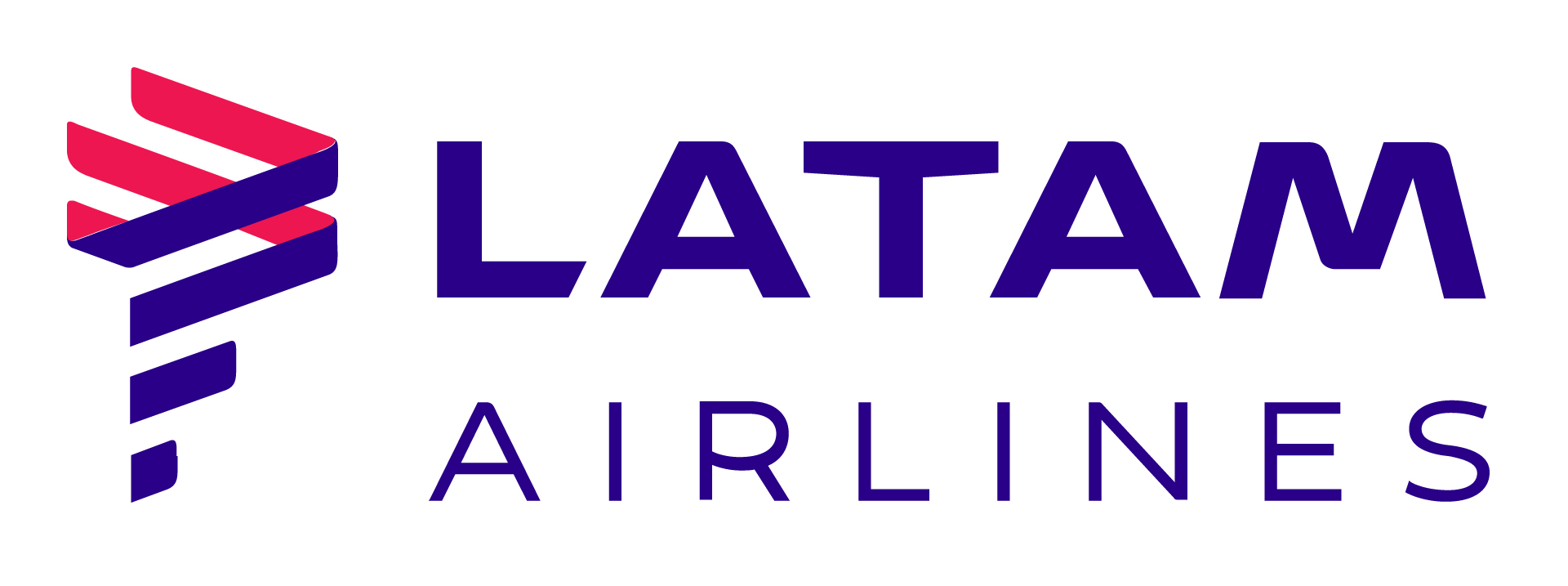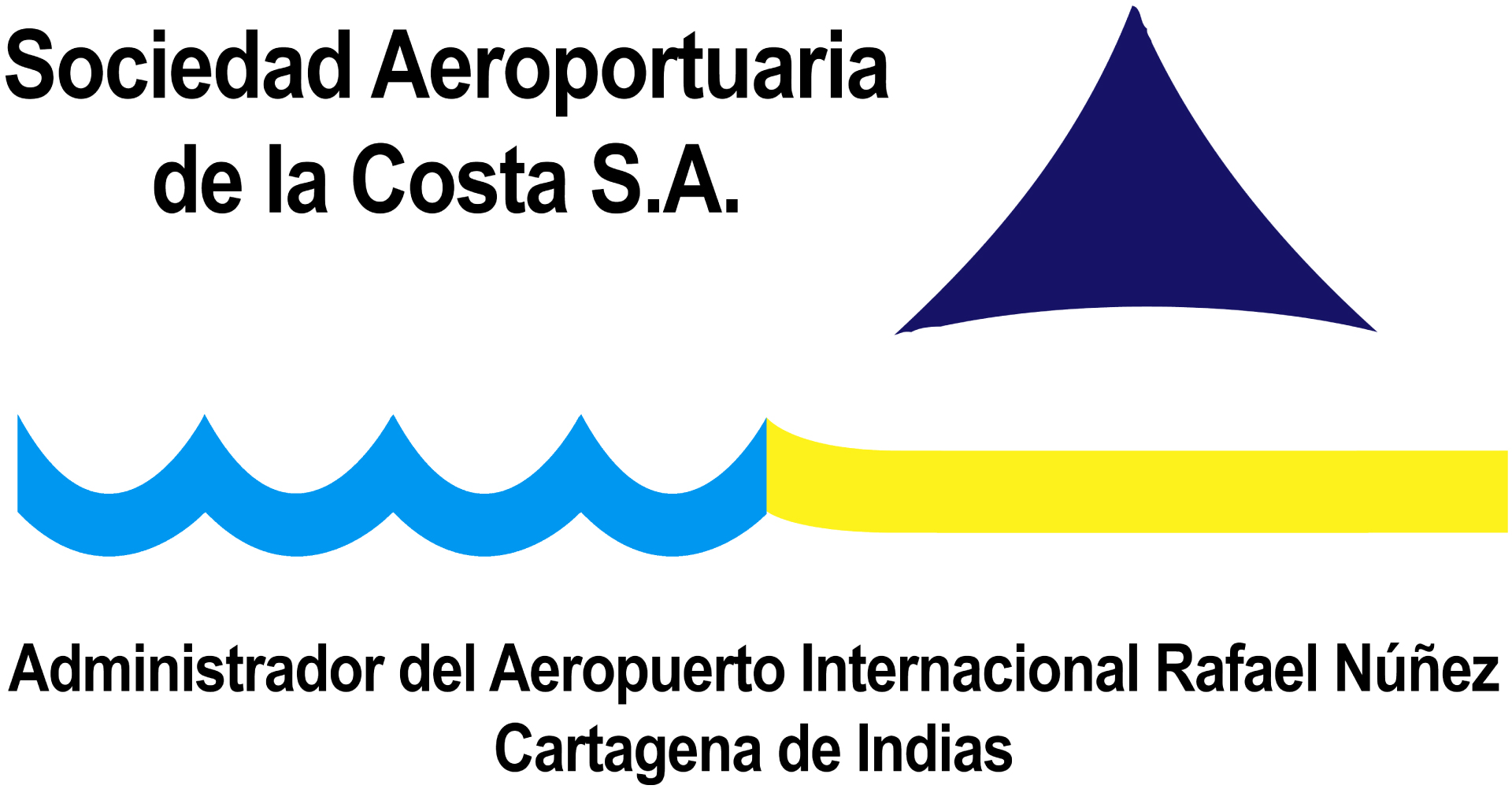CAPA Latin America Aviation & LCCs Summit
SUNDAY 9 September 2018
| 18:00 - 20:00 |
Welcome Reception at the Intercontinental Cartagena De Indias |
MONDAY 10 September 2018
The Latin America Aviation Outlook: Finding the next 20% yield improvement in Latin America
| 08:00 | Registration, Networking & Coffee |
| 08:30 | Coffee Tasting, Colombian Style presented by Café San Alberto A pre-conference lesson about Colombia's world renowned coffee industry by a local grower. Samples will be given |
| 09:00 | Chairman's Welcome CAPA - Centre for Aviation, Advisor, John Thomas |
| SESSION 1 | |
| 09:05 | Host Welcome Ministry of Trade, Industry and Tourism, Vice Minister of Tourism, Juan Pablo Franky SACSA, Legal Representative, Ramón Pereira Visbal [Download Presentation] |
| 09:15 | CAPA Latin America Aviation Outlook: Finding the next 20% yield improvement in Latin America There is a lot going right in Latin American aviation. Airport and airspace infrastructure is improving, and airline operating efficiencies are rising. Airport privatisation processes are well underway and the global alliances framework is well established. Open access arrangements are taking hold and regional economies are recovering, driving a buoyant travel demand picture. But Latin American’s full service airlines could be performing better, particularly in the mission to unlock top line revenue improvements. What are the strategies the region’s airlines should be adopting, based on best practice from other regions and other sectors? Can they better leverage data, loyalty, distribution and ancillaries to produce better revenue outcomes and thereby drive improving profitability?
|
| 09:30 | Airline Keynote: “Living Together with LCCs - Iberia’s experience in Europe” Iberia, SVP, Network Planning & Alliances, Neil Chernoff |
| 09:50 | Airline investment and foreign ownership in Latin America
Latin American flag carriers have often suffered from the dominance of foreign airlines in key markets. US airlines, notably, have secured significant equity holdings and partnerships, in attempting to subdue some of the more difficult elements of competition. This has been possible as several key Latin American countries, such as Mexico, Brazil, Chile and now Argentina have adopted relatively liberal aviation policies. Ownership and control and foreign equity ownership have been significantly relaxed in several cases. Only a small number of states including those of central America have resisted this trend.As the main Latin economies emerge from the difficult times they have experienced in this decade, there is the potential for foreign airlines to establish even stronger ties.
Moderator: Deutsche Bank, Managing Director, Michael Linenberg
|
| 10:35 | CAPA Membership Presentation CAPA - Centre for Aviation, Senior Account Manager, Samuel Cui |
| 10:40 |
Coffee Break & Networking
|
| SESSION 2 | |
| 11:10 | Colombia: Land of Sabrosura ProColombia, Tourism VP, Julián Guerrero |
| 11:30 | The Intra Latin America Outlook
Latin American airlines hold a reasonably positive outlook for 2018 as a crop of new low cost carriers continue full steam ahead in their efforts to stimulate traffic in the region, and larger network airlines balance new competition with their quests to build global network utility and pursue intra alliance JVs. Steady capacity increases are planned for the domestic markets of Brazil and Colombia as both countries begin to recover from economic downturns but some uncertainty remains in Brazil pending the outcome of the Oct-2018 presidential elections. Increasing liberalisation has also helped catalyse the growth ambitions of LCC start ups. Chile, which allows 100% foreign airline ownership, has seen its airline duopoly disrupted by the arrival of the Indigo Partners controlled ULCC JetSMART, while in the once highly protected Argentina aviation market, one of the more closely watched developments will be the launch of Norwegian Air Argentina in Oct-2018, whose debut will put conclusions that the country is ripe for new low cost competition to the test. But favourable market and regulatory conditions cannot overcome inadequate infrastructure and archaic air capacity management systems, with many of Latin America’s key markets in urgent need of infrastructure upgrades and air traffic modernisation to support airline growth. And the region is one of the most expensive in the world when it comes to passenger and airline charges - in some cases, taxes and boarding fees represent more than 40% of the final ticket price.
Moderator: ALTA, Executive Director, Luis Felipe de Oliveira [Download Presentation]
|
| 12:15 | The next big thing: China and the Asia opportunity
Linking the high-growth economies of Asia with their Latin American counterparts has been alluring for many carriers, but distances and aircraft range limitations have proved barriers to greater connectivity, with many services until recently stopping via hubs in Europe, Africa and the Middle East. But over the last year, capacity between North East Asia-Latin America, particularly between Japan/China and Mexico, has grown at a rapid rate, thanks largely to the advent of fuel efficient aircraft such as the 787 and A350, which has made direct connectivity between the two continents not only possible but also economically viable.On the Latin American side, growth has been driven by Aeromexico, which is the only carrier from that region to serve Asia directly.On the Asian side, Hainan Airlines and ANA offer the only non stop flights to Latin America. China’s Big 3 carriers have also increased connectivity to Latin America in the last year - mainly to satisfy Chinese government objectives of making the country’s airlines more global - with Air China and China Southern currently serving the region via intermediate points.
Moderator: HEICO Aerospace, Business Development Officer, Alex de Gunten
|
| 12:55 | Welcome to Lunch Travelport, Vice President & General Manager, US Sales, Erika Moore |
| 13:00 |
Lunch Break & Networking
|
| SESSION 3 |
|
| 14:00 | Airline Keynote and Q&A: "The Changing Landscape of Aviation in Latin America and American Airlines" American Airlines, SVP International & Cargo, Jim Butler [Download Presentation] |
| 14:30 | Panel: What’s set to cause the next wave of disruption on North-South markets?
US majors have comfortably dominated capacity on routes between North and South America for decades, but new aircraft technology and a raft of new airline entrants are set to change the competitive dynamics of this market. Long range narrowbodies enable US ULCCs and LCCs to compete against the majors by bringing the deep south of Latin America within flying range from South Florida. Latin American LCCs such as Interjet and Volaris are also taking advantage of new technology to to go further into the US, but long haul international markets within Latin America also offer promising growth opportunities.
Moderator: Oliver Wyman, Partner, Scot Hornick
|
| 15:15 |
Coffee Break & Networking Hosted by Terpel
|
| SESSION 4 |
|
| 15:45 | Keynote: "NDC - What, Why, How and the Journey to 2020" Travelport, Vice President & General Manager, US Sales, Erika Moore |
| 16:05 | How are Latin American airlines unlocking revenue opportunities?
The expansion of low cost activity in Latin America has prompted the region’s major carriers to adopt new pricing models very similar to the tiered fare structures implemented by their US counterparts. They are engaging in product unbundling of non core services in selected markets, while retaining essential components such as loyalty programs, premium seating and free in flight entertainment in the bundled product. It is a form of price discrimination aimed at segmenting the market according to customers' willingness to pay, thereby maximising the potential revenue. But the success of the strategy hinges on carriers’ willingness or ability to cut non fuel unit costs - for example by lowering distribution and airport costs and increasing aircraft utilisation - and how effective they are in educating passengers on the ancillary model.
Moderator: Oliver Wyman, Partner, Scot Hornick
|
| 16:45 | As NDC becomes a reality, how do airlines avoid the kodak moment?
Legacy distribution systems have for decades presented airlines with the twin problems of high costs and product commoditisation. In efforts to address these issues, a handful of carriers have invested heavily into establishing their own API channels with agents, while the concurrent push by IATA for airlines to implement the NDC standard has encouraged the industry to adopt a retail focused approach to distribution. In this new modernised distribution landscape, itself reflective of wider consumer expectations around seamlessness and personalisation, new opportunities are emerging for other intermediaries and aggregators such as metasearch companies (some of which now have direct booking capabilities), as well as digital behemoths such as Amazon, Google, and Facebook - to gain a slice of the pie. It is clear that airlines, along with others in the supply chain, will need to evolve and invest in technology enhancements to avoid falling behind. GDS channels will also need to evolve their models to remain relevant as fragmentation becomes the new norm.
Moderator: KPMG, Leader Aviation & Tourism LATAM, Eliseo Llamazares
|
| 17:30 | Close of Day 1 |
| 19:00 |
Networking Dinner at Adolfo Mejia Teatro
|



